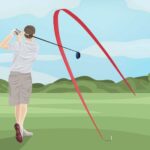10 ways golfers can stop missing their drives to the right
BY: KELLIE STENZEL, TOP 100 TEACHER
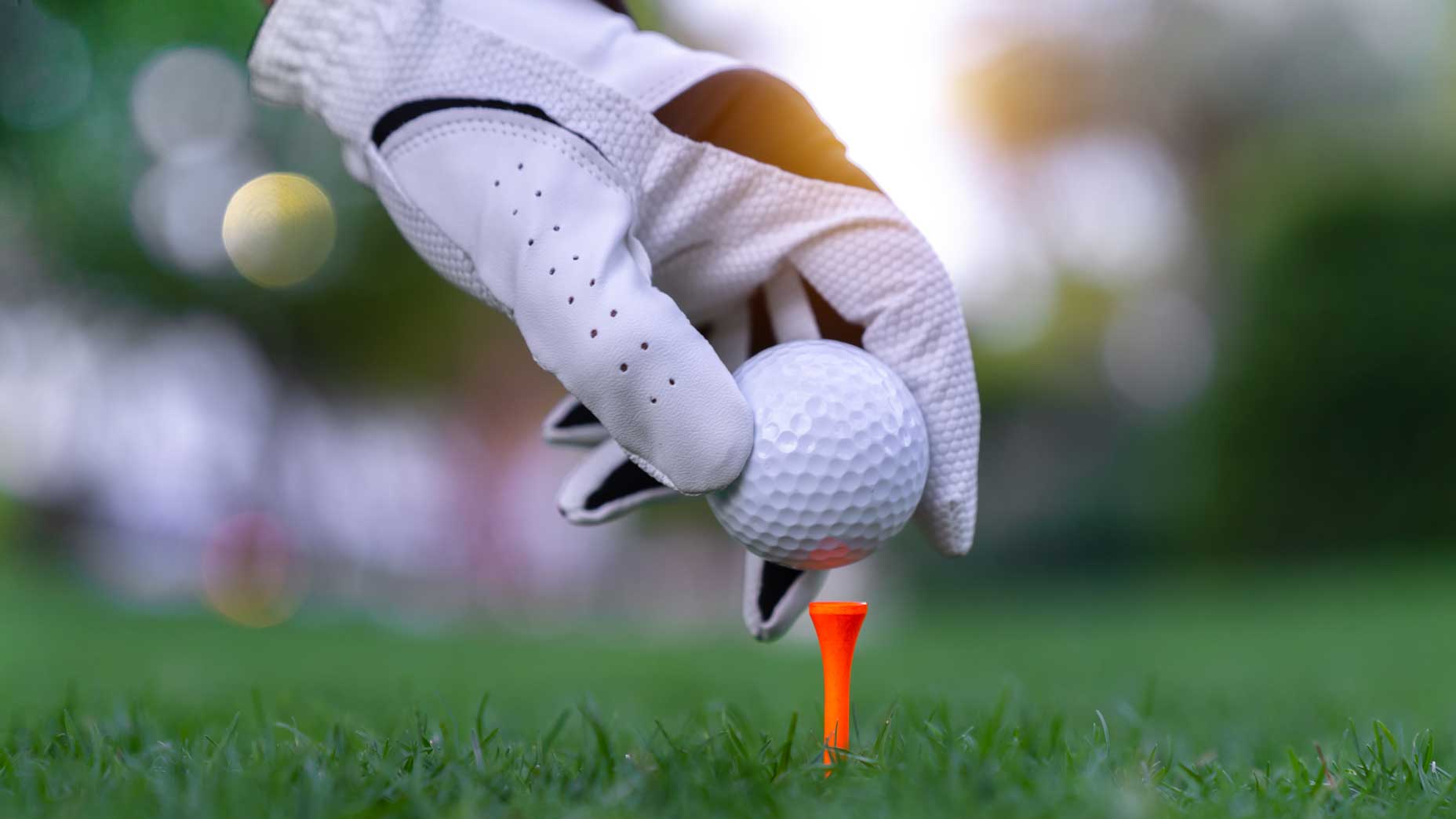
Stop hitting those frustrating blocks and slices with these tips.
Missing your drives to the right, usually by way of a slice, is frustrating. And while it can be a completely different feel when you start to get your club face more square at impact, golf becomes more fun. The ball flies straighter and further. Who doesn’t love that?
Here’s how to do it.
1. A good grip
It would be pretty irresponsible for any anti-slice instruction not to start with grip. Your grip controls your clubface and your clubface controls the curve of the ball. Having your lead hand in the fingers (not the palm) will help you deliver a square clubface at impact. Using your trail hand grip by allowing it the rest more under the club with your thumb on the back side of the club so that you can maybe even see some fingernails can help to produce a ball that doesn’t look like a banana.
2. A full turn
A full and proper turn with your hips and arms, so that you create enough depth with your hands, will allow you to create a good swing path coming into the ball. What do we mean by a proper turn? Ideally, we’re looking for your shoulders to turn 90 degrees away from the target, and for your right arm to move behind you. When you turn behind like this, you’ll create a circular turn that will help create an in-to-out swing path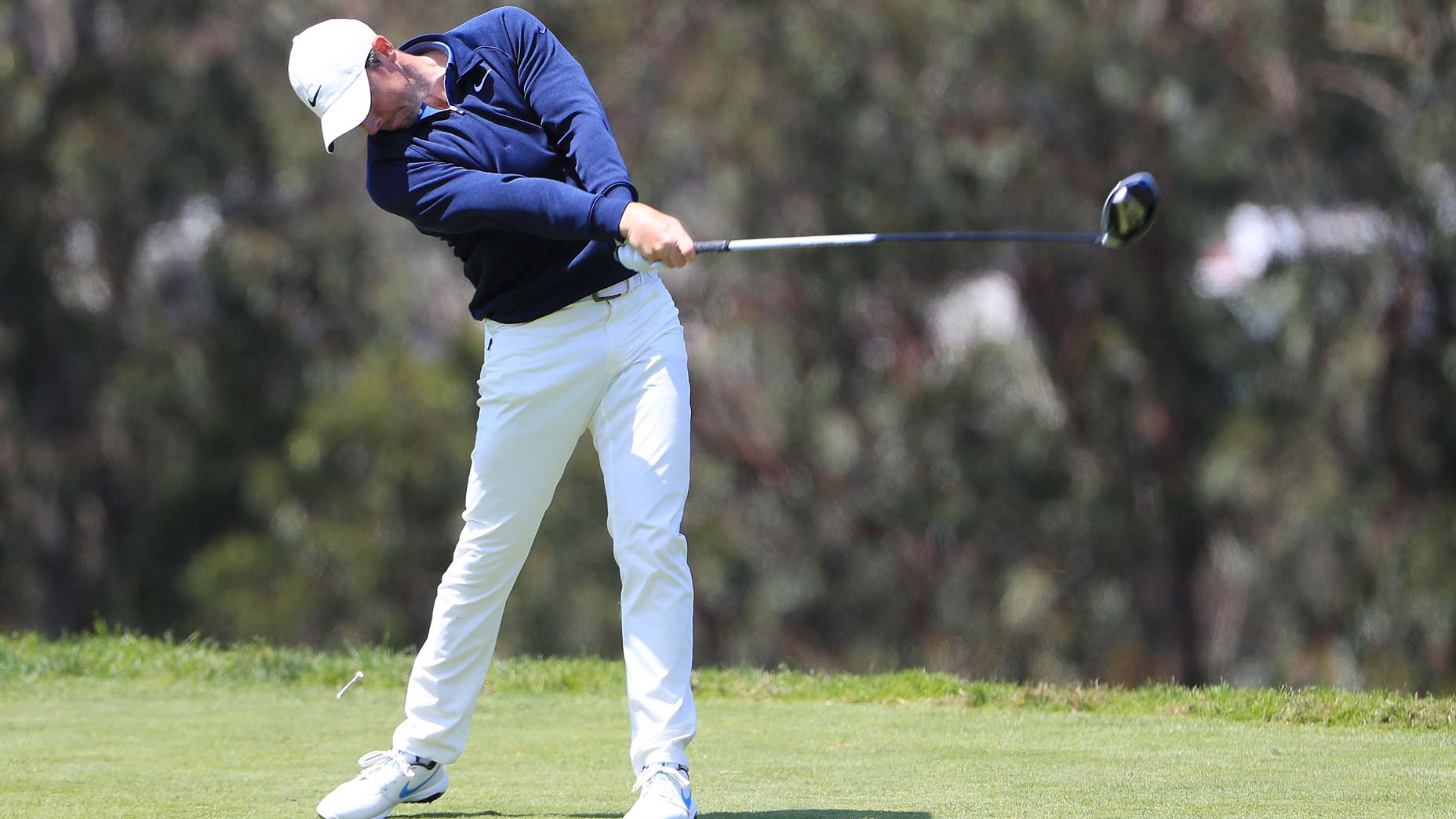
3. *Feel* like your arms outrace club
Though your hips will turn faster than your arms on the way down, when your hips turn too much, your arms can get stuck behind you, leading to a severe in-to-out path which can lead to blocks and block-cuts.
Feeling like your arms win the race against your hips can help them swing through more in sync with your hips and help your hands and arms square the face.
4. Keep your underarms close
Once you get into a good setup position with a good grip, follow Hogan’s advice to keep your underarms close to your chest as you swing back and through. By keeping your underarms close and connected on your backswing, it can help both your body turn and allow you to control the clubface. When your arms become disconnected from your turn, it’s easy to throw them over the top or, as we just mentioned, get them stuck behind you.
5. Fold your lead arm on your release
Keeping your lead arm straight and wide to create width is a powerful move on your backswing. But when your lead arm stays too straight post impact, it delays your release of the clubhead — which can leave the clubface too far open.
A good drill to get the feeling I’m describing is to use a split-hand grip, the same way you would grab a hockey stick, and make swings. Your new grip will force your lead elbow to fold in, which will allow a natural rotation of the clubface.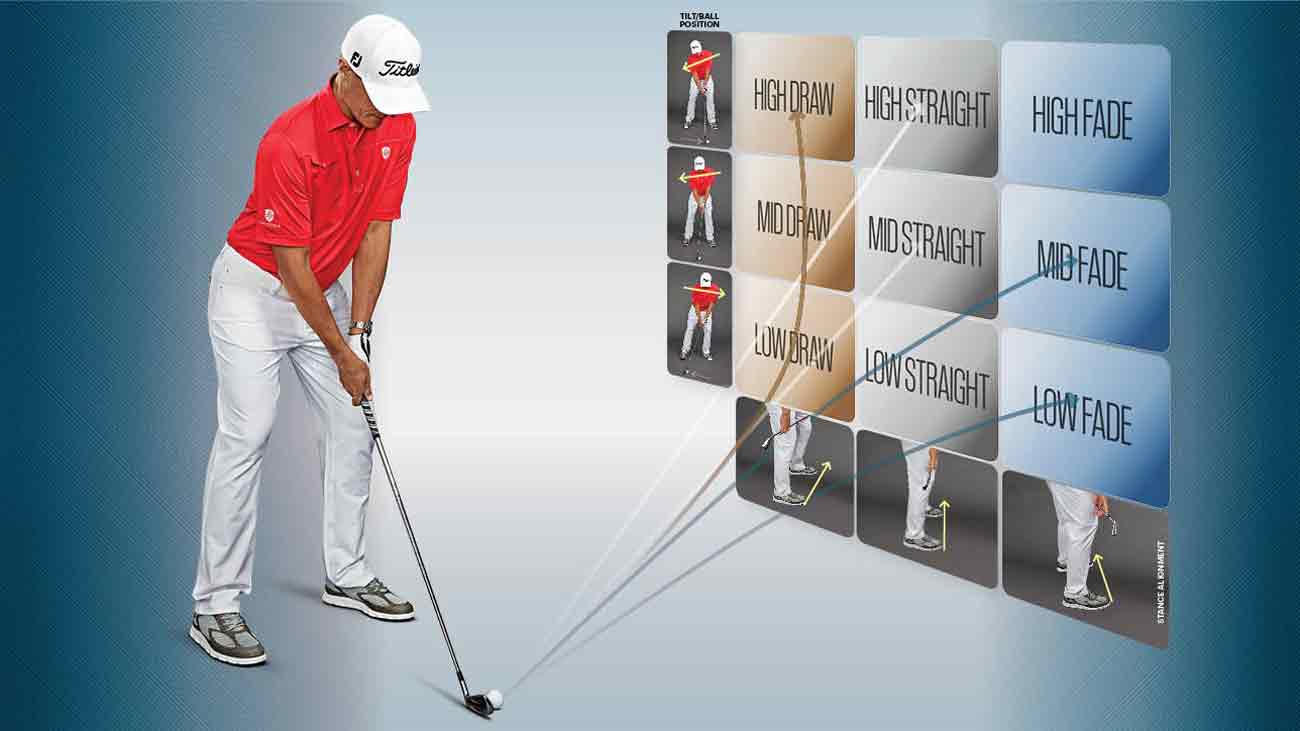
6. Drop your back foot behind you
Once your grip has put your clubface in a correct position, you can produce a more in-to-out path by simply dropping your back foot more behind you. This “closed” stance will help your downswing come from the inside and swing out to the right.
7. Relax your hands and arms
Tension destroys speed and distance. Holding your club properly in your fingers allows your club and wrists to move freely. When your club is in your palm, and you’re squeezing your fingers to keep it there, that added tension will delay your release and likely hold the face open for too long.
To avoid this, it’s important to get fit for your grips so you make sure you use the size that’s right for you.
8. Tilt your shoulders away from the target
If you struggle more with your driver than your irons, it may be that your ball position is not correct. It should be towards your forward instead — but it needs to be accompanied with the resulting shoulder tilt.
When your lead shoulder is higher than your trail shoulder, with your shoulders parallel to the ground, it will promote a descending blow onto the golf ball which is the opposite of what you want with your driver.
Instead, you want your trail shoulder lower than your lead shoulder, so they’re tilting up. This will help you swing from low-to-high, which is exactly what you want with your driver.
9. Flare your trail foot
Not all golfers should have the same foot flair positions. If you are a slicer, I would be willing to guess that it would be exactly the opposite of what is taught as a default.
If you slice the ball, I would like to see your trail foot turned out, which makes it easier to turn back and get depth in your backswing, which as we mentioned earlier will help your downswing path.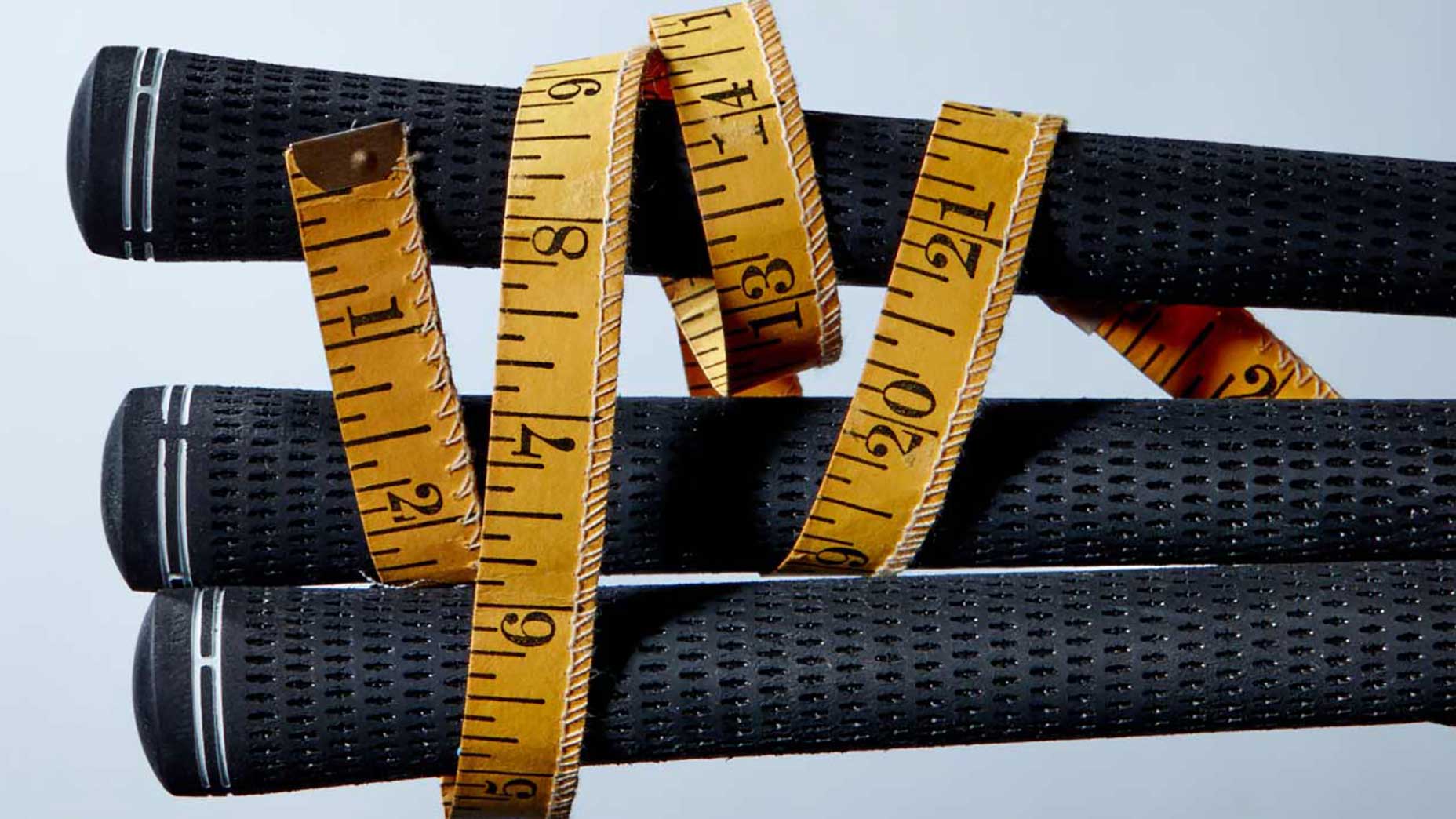
10. Adjust your clubs
Much of the club technology allows for clubs to be adjusted for loft and face angle. If you tend to slice the ball, adjust any of your clubs to a more draw-biased setup to help you while you are working to improve your technique. The best way of making sure your equipment is helping you is to do it under the watchful eye of a good clubfitter, like our affiliate company True Spec.
Ultimately, if you’re missing your ball to the right, it’s because your clubface is open. If your ball is starting to the right with less of the banana curve, your path could be moving too far to the right, too. Making sure you square up your clubface should be where your focus is, because when you get it right, golf will be much more fun.
Originally posted on Golf.com
